Introduction
DKI Jakarta Province, as regulated by law, has authorities and responsibilities in the transportation sector. The objectives of traffic and road transportation are to:
- provide Traffic and Road Transportation services that are safe, secure, orderly, smooth, and integrated with other modes of transportation to encourage the national economy, promote public welfare, strengthen national unity and integrity, and be able to uphold the nation’s dignity;
- maintain national traffic and culture ethics; and
- establish law enforcement and legal certainty for the community.
Various transportation problems in the city of Jakarta include:
- traffic congestion,
- public transportation services and conditions that still do not meet the expectations of the community,
- public transport tariff issues that are often contradictory,
- the level of violations and traffic accidents which is still relatively high,
- the undisciplined behavior of most road users,
- parking spaces that are not adequate and well managed,
- misuse of roads for parking and street vendors,
- issues of accessibility for people with disabilities in transportation infrastructure, as well as other transportation problems.
These various problems are correlated with each other so that transportation problems in DKI Jakarta become increasingly complex. Of the various transportation problems, the most extreme this time is the problem of congestion.
Various efforts have been made by the Provincial Government of DKI Jakarta, such as:
- implementing “3 in 1 car” policy during certain hours,
- “even-odd license number” policy at certain hours on certain roads,
- fly over and underpass construction at crossroads,
- organizing mass transportation with a special bus lane system (bus way),
- construction of LRT and MRT,
- quality and quantity improvement
However, the various efforts that have been made have not been able to control the traffic congestion in the city of Jakarta. Even, the level of traffic congestion seems to be getting worse.
Traffic Congestion and Increased Use of Private Motor Vehicles
Without reducing the meaning and importance of other transportation problems, the discussion will focus on the problem of traffic congestion in the city of Jakarta.
Causative factor:
One contributing factor is the increasing number of motorized vehicles, especially private vehicles and their increased mobility (use) in terms of space and time. The condition and growth of the road network do not keep up with the increasing number and mobility of existing vehicles. Data from the DKI Jakarta Provincial Transportation Agency show that road length only increases by less than 1% per year, while the number of vehicles increases by an average of 11% per year.
Illustration of growth in the number of vehicles in Indonesia
Source: Central Bereau of Statistices indicates a 7,1% growth in number of vehicles in Indonesia between 2018 – 2019.
Note:
– Jenis Kendaraan Bermotor = Type of Motorized Vehicle
– Mobil Penumpang = Passenger Car
– Mobil Bis = Bus
– Mobil Barang = Cargo Vehicle
– Sepeda Motor = Motor bike
– Jumlah = Total
Percentage of motorized vehicles based on Jakarta tranportation statistics 2018
Note:
– Mobil Penumpang = Passenger Car
– Mobil Beban = Cargo Vehicle
– Mobil Bis = Bus
– Ransus = Special Vehicle
– Sepeda Motor = Motor bike
The number of motorized vehicles has grown at 5,35% a year for the last 5 years
- Passenger cars +6,48 percent/year
- Motor bikes +5,30 percent/year
- Cargo vehicles +5,25 percent/year
- Buses – 1,44 percent/year
The table above shows the number of License Number Registrations (STNK) issued by the Metro Jaya Police Traffic Directorate. In 2016 the were a total of 7,217,414 licenses (cited transportation statistics report 2018). A very interesting thing is the high number of license issuance for new vehicles (Kendaraan Baru) which reached 1,400,850 licenses (19.41 percent).
This means that throughout 2016 there were 1,4 million new vehicles. In response to these conditions, some observers predict that if there is no change in the balance of growth between the number of vehicles and the road network, in the following years there will be traffic stagnation in DKI Jakarta due to a very acute congestion.
Traffic congestion has caused not only material but also non-material losses. According to data released by the Indonesian Transportation Society (MTI) referring to the results of the 2004 Study on Integrated Transportation Master Plan for Jabodetabek study:
– loss due to traffic congestion in DKI Jakarta amounts to Rp.8.3 trillion
– loss of vehicle operating costs Rp. 3 trillion
– time loss of Rp. 2.5 trillion
– loss from health impact Rp. 2.8 trillion
– Loss from social impacts, declining social quality of urban communities
– Increased pollution and stress levels.
This situation is certainly contrary to the purpose of transportation to improve the standard of living of humans. Therefore, it is necessary to find an integrated and comprehensive solution to this problem in order to support the smooth running of government in DKI Jakarta.
Data from Central Beareau of Statistics, there are 18 million vehicles roaming Jakarta streets everyday.
The Pie Chart indicates percentage of people.
The Pie-chart shows that the proportion of trips to work is 32%, trips to school 30%, shopping activities 12%, business affairs 8%, others (social visits, etc.) 18%. In the follow-up analysis to examine the proportion of trips, we use them in vehicle units, so the proportion of trips becomes:
- Trip to work 48%,
- 14% school trips,
- Shopping Activities 12%,
- 8% Business Affairs,
- Others (social visits, etc.) 18%.
Pie chart in vehicle units as follows:
The biggest contributor is the work trip, followed by school trips, shopping, business affairs and others. Among the largest contributors traveling to the workplace:
- Private Sector 44%,
- Government Sector 4%.
These figures are the real burden experienced by the main roads in the DKI Jakarta area. Efforts to regulate time for school start hours and private company hours so as to stay away from peak hours will have the potential to reduce the peak load of morning and evening traffic. The distribution of a large-scale of private offices in DKI which are major attractors and contributes 48% to the burden of road congestion is shown in the following figure:
The distribution of office locations is as follows:
- Selatan = South Jakarta 51%,
- Pusat = Central Jakarta 30%,
- Barat = West Jakarta 9%,
- Timur = East Jakarta 5%,
- Utara = North Jakarta 5%,
School Hour Policy
The policy of advancing school hours is one of the policies of the DKI Jakarta Provincial Government in regulating the use of roads to unravel congestion in the morning. The selection of school time to be half an hour earlier is not only to unravel congestion but also more importantly an effort to improve Indonesian Human Resources.
In theory, based on the study as described previously, if all schools in Jakarta, both public and private, implement this policy, traffic congestion in Jakarta will go down by 14%.
Policy on Private Company Starting Hours
As reviewed earlier, the goal can be reached through differentiation in the use of roads for trips which are the biggest contributors of traffic congestion, namely work trips which account for 48% of all daily traffic in Jakarta. The traffic generated by private company employees occupies 44%, while the remaining 4% by government employees.
Setting work hours for the private sector can not be forced, considering they have different businesses and business operations. The maximum travel time from one point of origin to the farthest destination point in the DKI Jakarta area (30-40km) in normal (non-traffic) traffic conditions ranges from 30 minutes to 1 hour. Therefore a time lag of about one hour is needed to prevent traffic buildup between a variety of different activities.
For Central and North Jakarta in general, offices have implemented starting work hours at 07.30. The following are the results of the office hour survey in the Central and North Jakarta areas:
The results of the research and survey of PT Pamintori Cipta management consultant
Entry hours for West Jakarta and East Jakarta Private Sector is at 08.00 WIB.
The proportion of working trips to West Jakarta and East Jakarta is relatively not too big, i.e. in the range of 9% and 5%, respectively. Based on a computerized transportation simulation to see the traffic load on the road network, and given its geographical location which is on the edge of the city, it is necessary to pause office hours half an hour later than office hours in Central Jakarta and North Jakarta. Based on a survey, office hours in West Jakarta and East Jakarta in general start at 08.00. The following are the results of the survey:
The Provincial Government of DKI Jakarta has appealed to offices that have not yet implemented work hours at 08.00 am in a variety of ways that do not harm the business operations. South Jakarta Private Employee Work Hours starts at 09.00 WIB. The majority of large-scale private office buildings are located in South Jakarta, with the proportion reaching around 51% of all private office buildings spread throughout DKI Jakarta.
Based on the data above, by looking at less than half the private offices that have implemented work hours at 09.00 WIB, the Provincial Government of DKI Jakarta calls on entrepreneurs and building owners in the South Jakarta area to start their office hours at 09.00 WIB, by regulating itself in a way that doesn’t harm the company. If the private offices in each region do this, the afternoon density will decline.
The Core of Traffic Jam Problems
Due to its marketing strategies, the automotive industry captures people in Indonesia as potential consumers. Their success stems from taking advantage of the weaknesses and obstacles (problems) of transportation in big cities and make them an opportunity for their business. Jakarta’s transportation problems are multidimensional and cross-sectoral. This means that the root cause of traffic congestion is not only influenced by physical, but also non-physical factors, which can be described as follows:
-
DKI Jakarta Provincial Spatial Policy
Judging from the characteristics of the city function, there has been a shift (assimilation) from the function as the Capital City to a Service City of multiple functions with the ever increasing activities in political (land use), social, cultural, economic (trade and services) aspects. Job opportunities are always open so that newcomers keep coming to the city. Road users are getting denser and mobility is getting higher in space and time. On the other hand, the quality and quantity of infrastructure and facilities can not keep up with the rapid inflow of migrants.
-
Public Transportation Conditions
Public expectations of the services and conditions of public transportation as part of basic public services are certainly high. They expect public transportation to be:
- safe and secure,
- comfortable (a.l .: clean, not stuffy , not crowded),
- affordable,
- on time,
- even door to door (as little change of modes of transportation as possible).
Has the condition of public transportation in Jakarta met the expectations?
-
Socio-Cultural Character of the Community
Transportation problems in big cities are inseparable from the heterogeneous and complex character of urban communities. Traffic congestion is a clear example of the struggle for the utilization of urban transportation infrastructure.
Socio-cultural factors. Someone’s desire to have a private vehicle is influenced by the perception that having a motorized vehicle reflects social status and a sign of success, especially for migrants.
Comparison: one bus carrying 85 passengers is equal to 51 private cars carrying the same number of people. The ratio of private vehicles to public vehicles is 98 to 2. Of the total 17 million trips, 44% use private vehicles.
-
Application of Traffic Incentives and Disincentives.
Even if this policy exists, in practice it does not work effectively (and inconsistently).
- Incentives: Trans Jakarta with a special bus lane (bus way). During peak hours there is a long queue of passengers, the condition of some infrastructures is not maintained and damaged, even the level of violations against special bus lane rule remains high.
- Disincentives: Even-odd license number policy at certain hours in certain roads doesn’t work well. In practice, many cars use fake plates and traffic jams build up on other roads as a result of the policy.
- Disincentives: Increases in fuel prices and toll road fees have relatively no effect on the number of use of private vehicles.
-
Policy on Office Distribution and Working Hours.
There has to be widespread understanding from the whole community that to overcome traffic congestion in Jakarta requires space, time, and funds as well as positive changes in community behavior to support any efforts to overcome congestion, including the belief that school and work hours for private employees is not a torture but a positive effort in the interest of the community, namely breaking down congestion, developing human resources and smooth business systems
(From various sources)


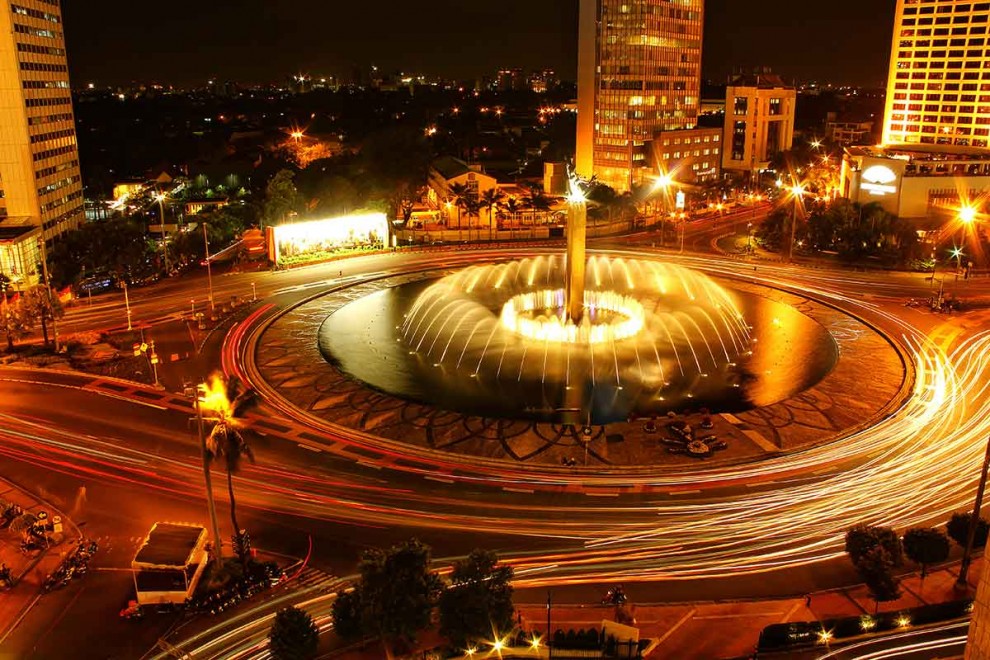

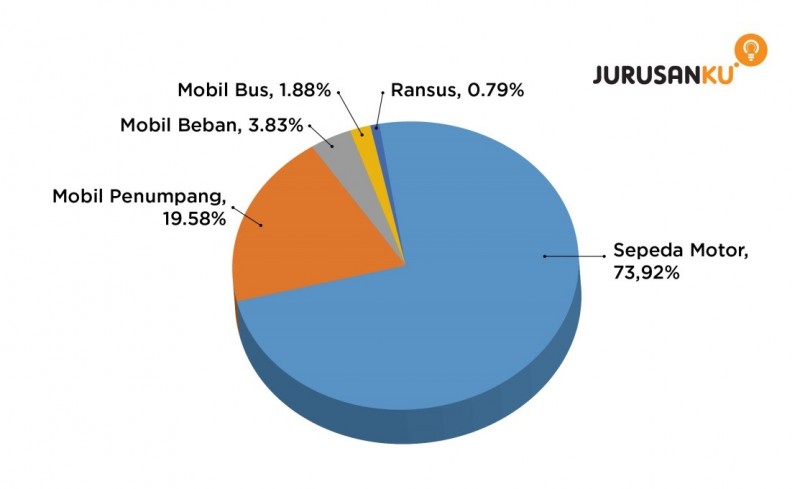
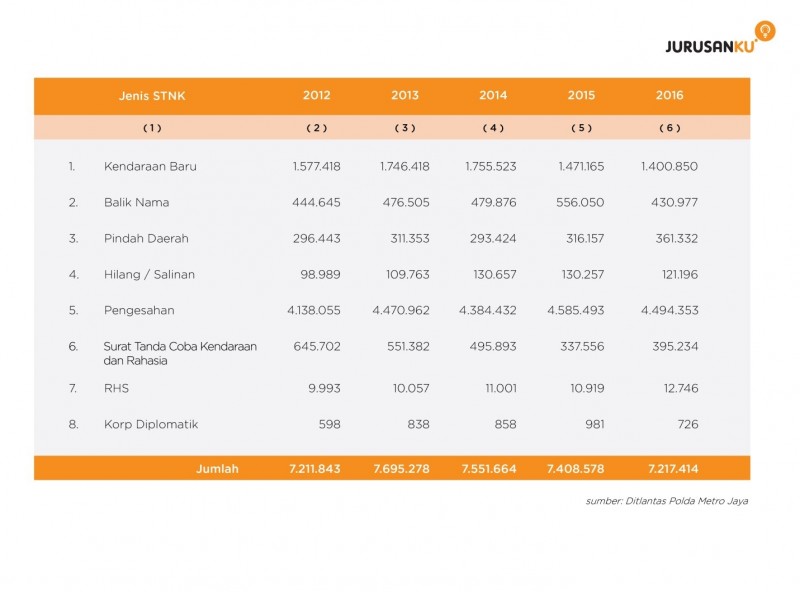
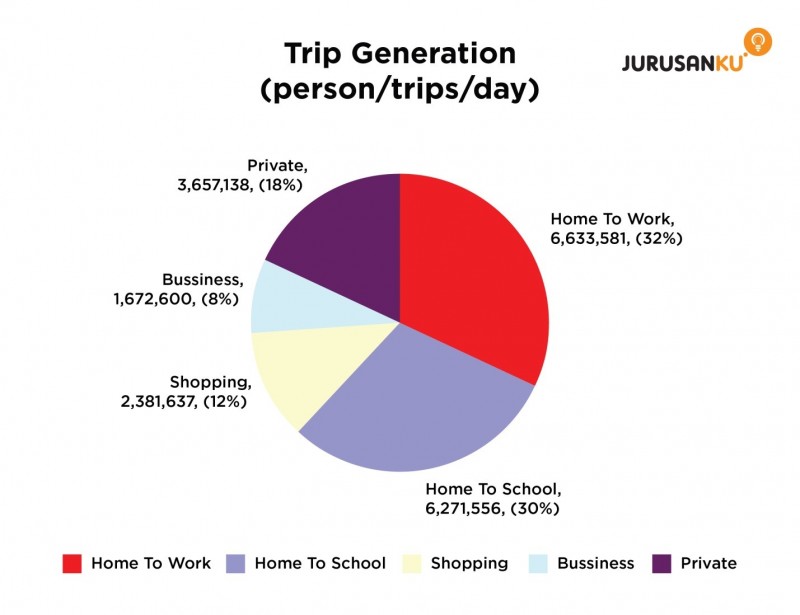

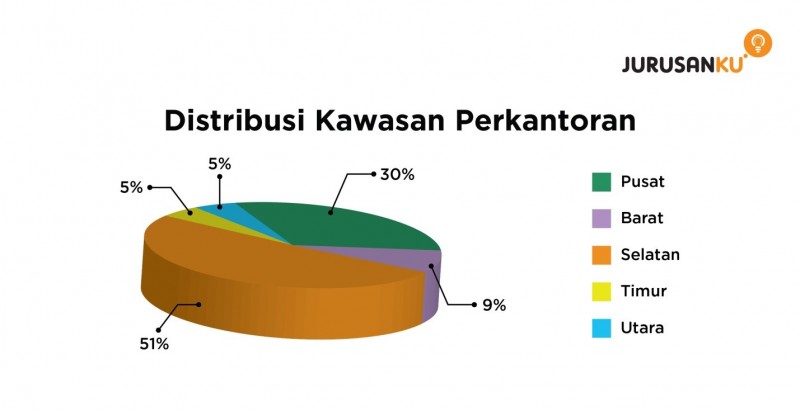
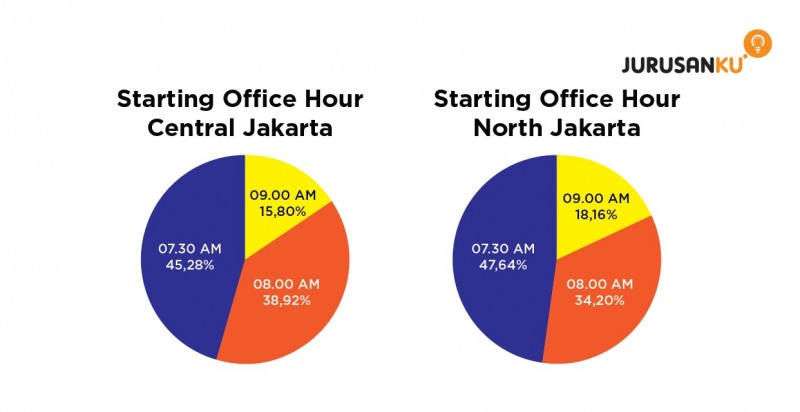
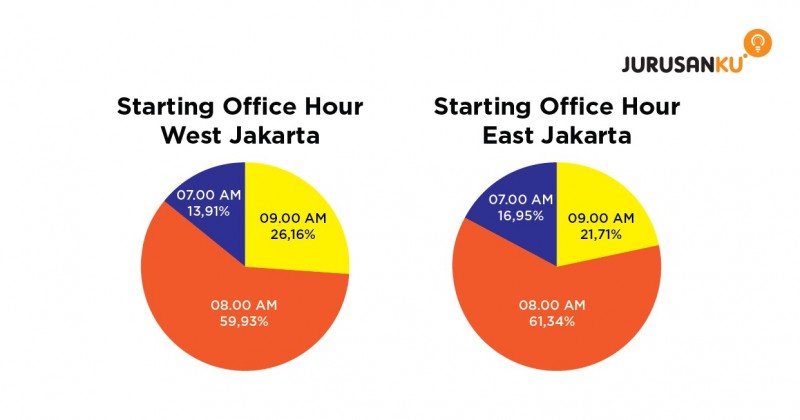





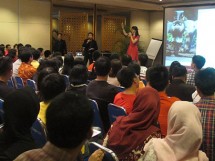





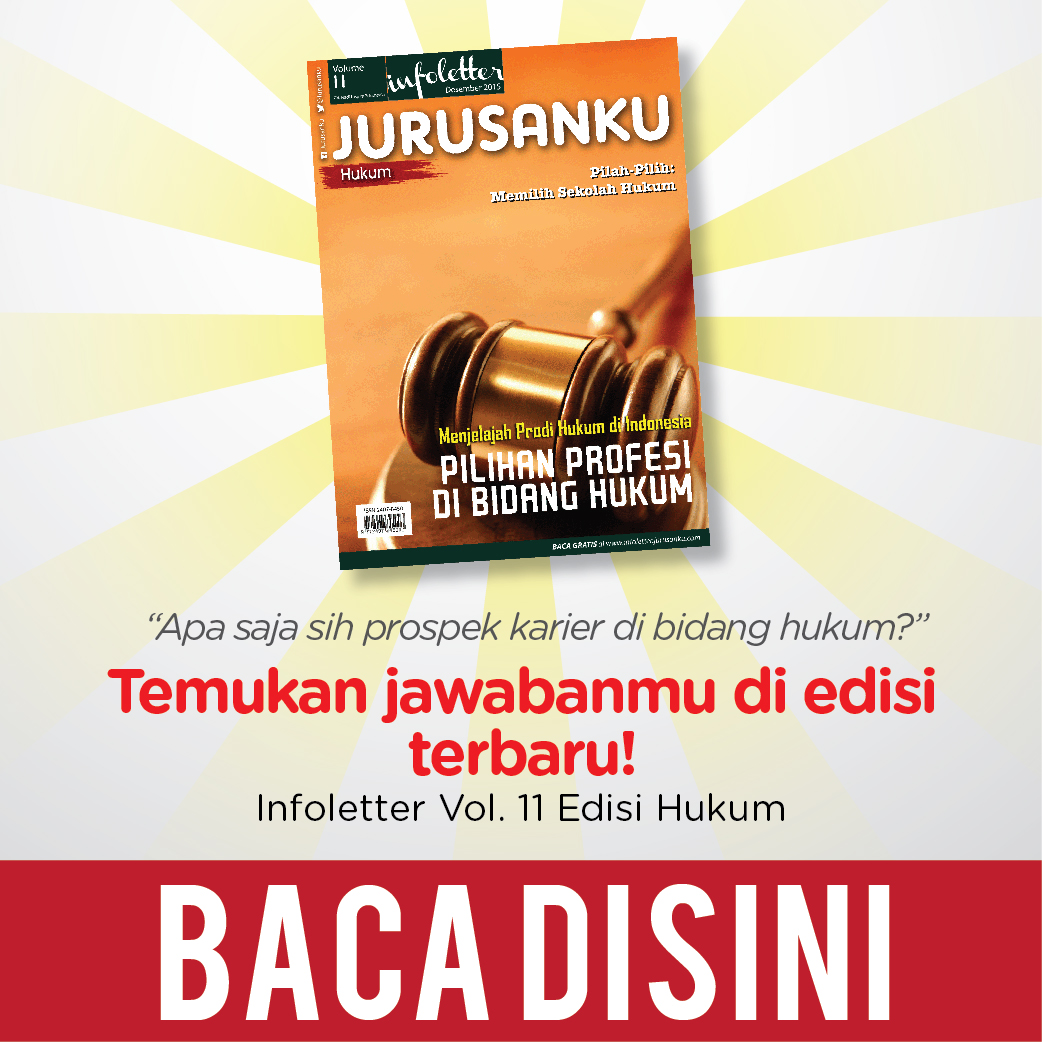





Add Comment